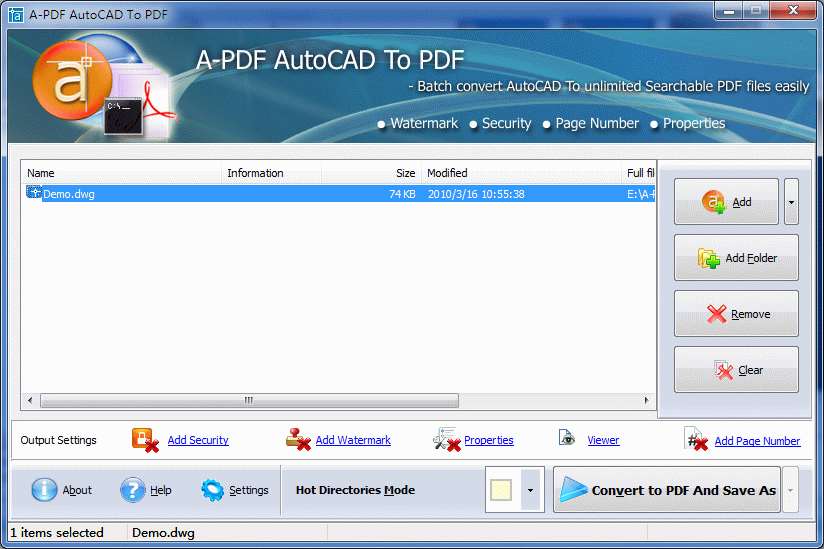


Virtual machines are frequently backed up in the same way as physical machines are, with VM data being stored on conventional storage. When you’re running a variety of virtual machines for varied purposes, you’ll need to back them up to save configurations, data, and different virtual machine setups. Virtual machines are frequently used for storage and to host virtual servers. If something goes wrong, it won’t have an impact on the rest of your IT system. Furthermore, VMs are “sandboxed” from the rest of your IT systems, providing an additional layer of protection when testing or running software. They can be used to run a different operating system, whether for testing or to install software that isn’t compatible with the one you’re currently using.

Virtual machines assist real machines in a variety of ways. You’ll wind up backing up unneeded computers and wasting space if you don’t. Before you begin backing up your virtual machines, clean up your VM environment with a solution like SolarWinds Virtualization Manager (VMAN) to eliminate sprawl and orphans. Failure to back up your virtual machines could cause major business disruptions, as well as a jumble of orphaned or invalid virtual machines, virtual machine sprawl, and wasted time and storage space.įortunately, there is a solution to this problem: you can use virtual machine backup software and related tools to keep your virtual machine settings well-managed, tidy, and functional, even during downtime.

Regularly backing up your virtual machines to protect their configurations and any data saved on them is an important piece of the VM puzzle. Large amounts of data or functionality can be lost if a virtual machine or a collection of virtual machines has a problem. It’s critical to have the right systems and configurations in place to manage and monitor your virtual machines. Virtual machines (VMs) are becoming more common in modern computing systems.


 0 kommentar(er)
0 kommentar(er)
